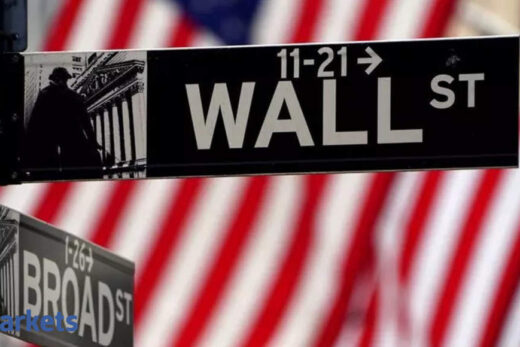Value stocks, which trade at comparatively cheap multiples of their fundamentals, surged in early 2021 as hopes of an economic rebound boosted the shares of banks, energy firms and other economically sensitive names after years of underperformance.
Their performance against growth stocks has varied since then, with signs of a flagging US economic rebound tending to benefit growth names, which are less tied to the economy’s fluctuations and led the market for most of 2020. The Russell 1000 Value index is up 16.2% year-to-date, just behind the 18.6% notched by the Russell 1000 Growth Index as of midday on Friday. The benchmark S&P 500 index is up around 18% this year.
As a COVID-19 resurgence and a looming unwind of the Federal Reserve’s easy money policies cloud the economic outlook, “you’re not seeing a great backdrop for the deep value or the mega-growth names, so we think you can find some great businesses in the middle,” said David Marcus, portfolio manager of Evermore Global Value fund.
Marcus is moving into companies like French media conglomerate Vivendi SA, whose growth prospects he believes will improve after an expected spinoff of a stake in Universal Music Group later this month. On the value side, Vivendi owns a portfolio of economically sensitive media names and pays a dividend of 1.8%.
Investors will be keeping a close eye on next week’s Federal Reserve meeting, which concludes on Wednesday, for any details of the central bank’s plans to pull back its emergency-level support of the economy. The European Central Bank and the Bank of Japan will conclude their meetings on the same day.
Some fund managers have also become worried over the comparatively high valuations commanded by growth stocks, which have helped boost the S&P’s price-earnings ratio near its highest level since the 2001 dotcom bubble.
Those concerns have led Matthew McLennan, co-head of the Global Value team at First Eagle Investment Management, to hold shares of companies such as logistics firm CH Robinson Worldwide Inc.
A broad recovery that increases the number of global shipments could benefit the company’s business, he said. At the same time, McLennan is betting that the company’s increasing market share and comparatively low valuation of 16.8 times future earnings will make it attractive if global growth concerns spur a flight to quality stocks.
“You don’t have to chase the ‘glamour stocks’ that are quite expensive,” he said.
The search for companies that have attributes of both growth and value comes at a time when analysts across Wall Street are dampening their expectations for stocks.
Banks including BofA, Morgan Stanley, Citi and Credit Suisse cut back on their recommended exposure to stocks in the past week, while Goldman Sachs cut its forecast of US economic growth in the third quarter on Aug. 19 to 5.5% from 9% due to the impact of the Delta variant.
It is unlikely that an outsized rally in value stocks in battered industries like movie theaters and cruise liners, such as that seen during seen during the first three months of this year, will be repeated even if the Delta variant proves less disruptive to the economy than many fear, said David Park, portfolio manager of the Nuveen Santa Barbara Dividend Growth Fund.
Yet at the same time, he doubts that growth stocks will resume last year’s torrid rally because of their stretched valuations.
Instead, Park is looking for companies like discount retailer TJX Companies Inc, which he said has been taking market share from mall-based apparel stores. The company reinstated its stock buyback program in late May and resumed its dividend in December after cutting both in response to the pandemic, giving it a value tilt, he said.
Its shares are up 3.2% for the year.
“We are usually stuck in purgatory because we can’t invest in the highest-growth non-dividend payers and we aren’t interested in the lowest quality stocks either,” Park said. “We’re … waiting for more opportunities like this.”



